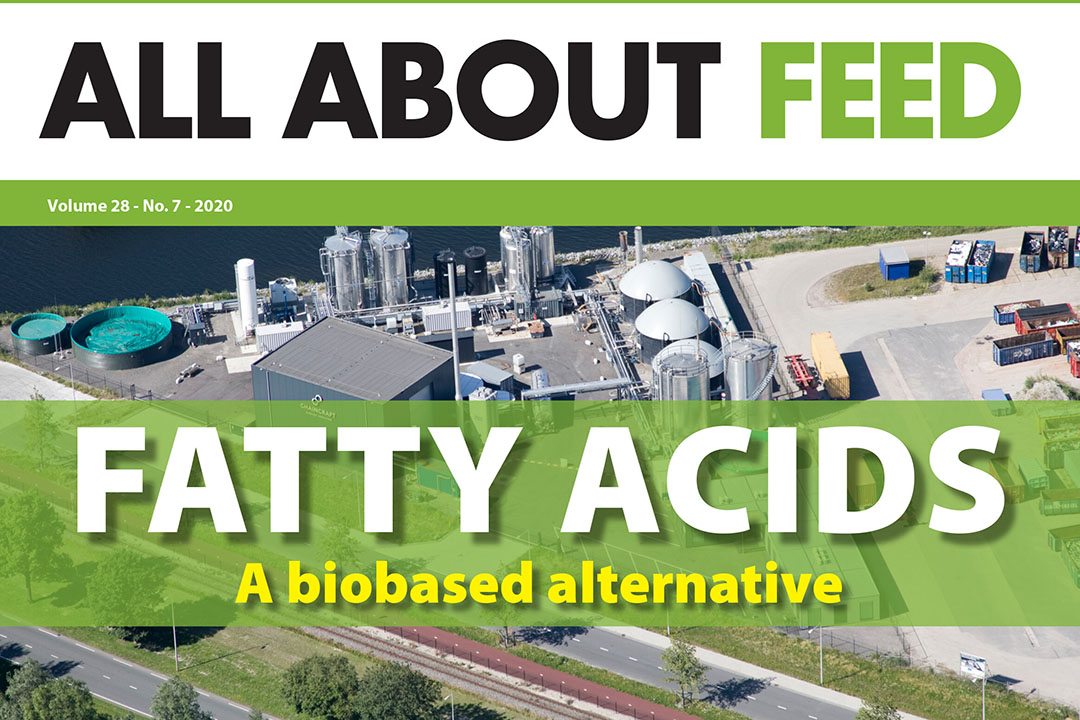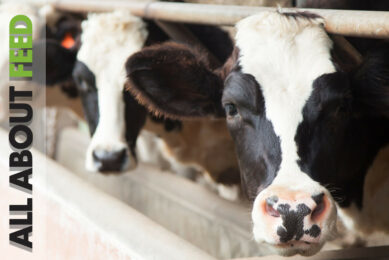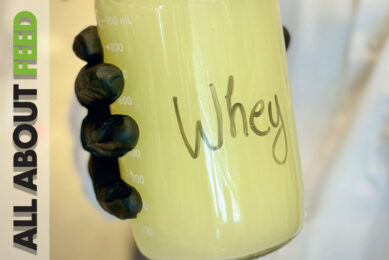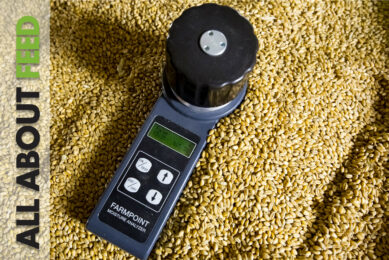Introducing the 7th 2020 edition of All About Feed

In the 7th 2020 edition of All About Feed, we consider seaweed and eucalyptus in reducing methane in cows. We travel to Russia to see how the country may overcome a shortage of protein on its domestic feed market, and ask if housefly larvae are a viable protein source in sustainable layer nutrition. We dig deeper into feed additives and determine how these additives can mitigate the effect of pig disease viruses in contaminated feed, and we visit a factory where 20,000 t of organic residues can be processed into 2,000 t of a C2-C8 fatty acid mixture.
View All About Feed’s digital magazine
Supplementing seaweed to reduce methane production
By developing a seaweed-based feed supplement, Volta Greentech is on a mission to make cows belch less methane. All About Feed editor, Marieke Ploegmakers, speaks to co-founders Leo Wezelius and Angelo Demeter to discuss how they plan to produce enough algae at a low cost, and develop a business model which creates incentives for farmers to use this solution.
Eucalyptus reduces methane in dairy calves
In a search for sustainable and environmentally friendly strategies to mitigate methane production, researchers have discovered that Eucalyptus leaf extract may be valuable in reducing methane production in dairy calves.

Bioprotein production is perking up in Russia
Russia may overcome a shortage of protein on its domestic feed market thanks to several independent projects working on bioprotein production, which could give bioprotein production in Russia a second chance.

Housefly larvae contribute to sustainable layer nutrition
Are housefly larvae a viable protein source in sustainable layer nutrition, and could it fully replace soya at a competitive price? In this article, we dig into the details.

Denmark’s transition from soy to grass
Denmark imports 1.5 to 1.7 million t of soy annually, but grass protein can replace imported soy protein in compound feed for livestock. Researchers in Denmark have now determined how much of the current agricultural land in the country should be used for grass production to replace soy.

Ongoing challenge to use grass optimally
Dutch dairy farmers Wout Huijzer and Nely Schutte look after 125 dairy and calf cows and 40 youngstock on their 60 hectares of 100% grassland. Maintaining a tight pasturing schedule, they milk an average of 8,500 kg of milk per cow with 4.48% milk fat 3.61% protein.

Gilts are more sensitive to Beauvericin than sows
In this edition’s column, mycotoxins researcher, Dr Regiane Santos, discusses a Fusarium mycotoxin, Beauvericin, which is known for its antiviral, antibacterial, anti-inflammatory, and anticancer properties, but it also causes oxidative stress and cell death.
View All About Feed’s digital magazine
Converting organic residues into fatty acids
A fermentation technology to produce fatty acids from fruit and vegetable residues has been developed by Amsterdam-based company ChainCraft. It produces mainly caproic acid (C6), which is known for its animal health-promoting properties. After a decade of developing this bio-based innovation, the company has scaled up and is now ready to serve the animal feed market.

Argentina: Wheat harvest up, maize harvest down
Argentina’s wheat production for marketing year 2020/21 is forecast at 20 million t due to positive prices and strong interest from farmers. Meanwhile, the country’s maize production is forecast at 47.6 million t of which exports will account for 33 million t with Vietnam being the main destination.
Promoting growth and feed efficiency with bioactives
Plant extracts appear to be of interest in the search for finding alternatives to antibiotic growth promoters. They have antimicrobial properties and can trigger specific receptors that induce host responses.

Ruminant feeding under disease and parasite-related conditions
What are the most common disease problems in cattle, and what feeding strategies can be adopted to reduce the impact of sickness on animal production and profitability?
Feed additives mitigate the effect of pig disease viruses in feed
Results from a study show the effect of different commercial additives on mitigating the transmission of 3 serious viral pig diseases – Senecavirus A (SVA), Porcine Epidemic a virus (PEDv) and Porcine Reproductive and Respiratory Syndrome virus (PRRSv) – through contaminated feed.
Fast but accurate
In this edition’s column, feed mill and machinery expert, Wayne Cooper, looks at the similarity between a skilled driver behind the wheel of an SUV in a Russian city, and a feed microsystem, and how both can be “fast but accurate”.
To read the full articles, simply click on the digital magazine section and then on All About Feed 2020-7. Registration is free.











